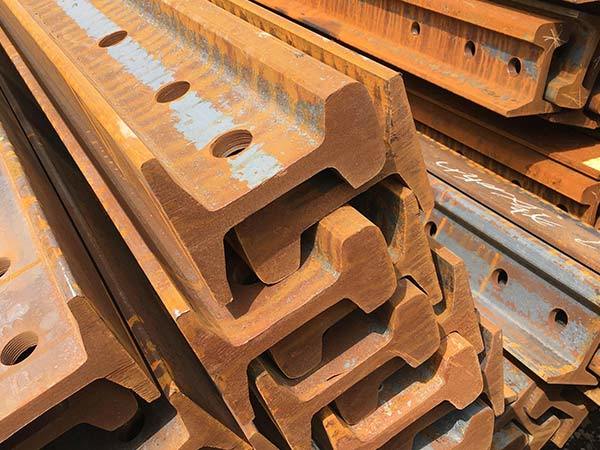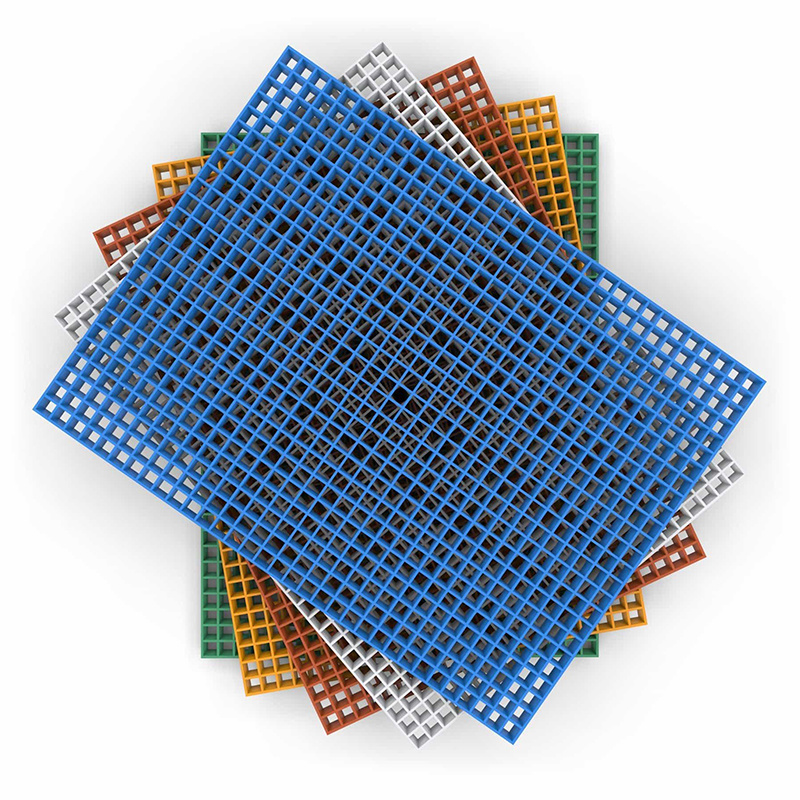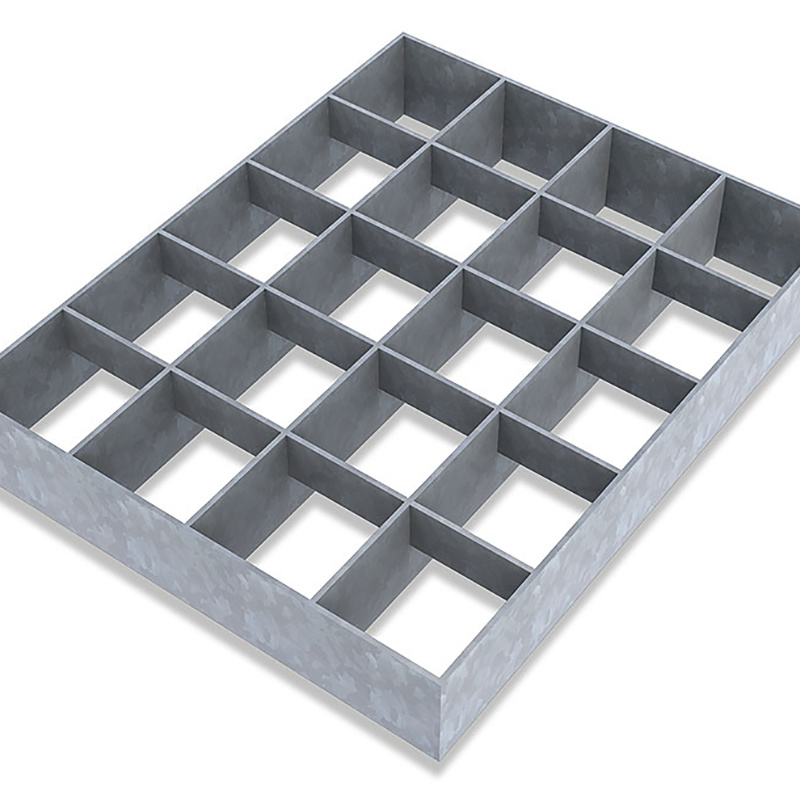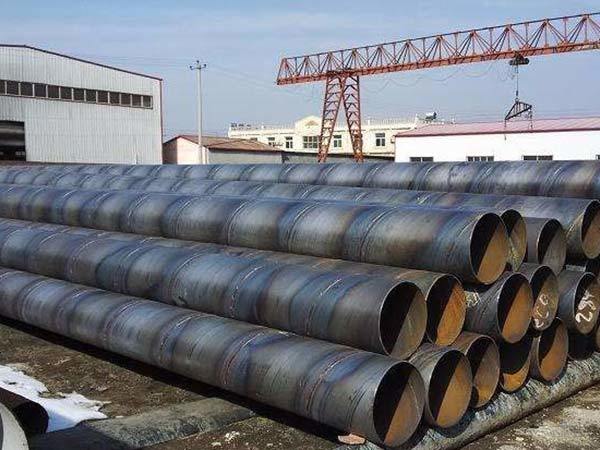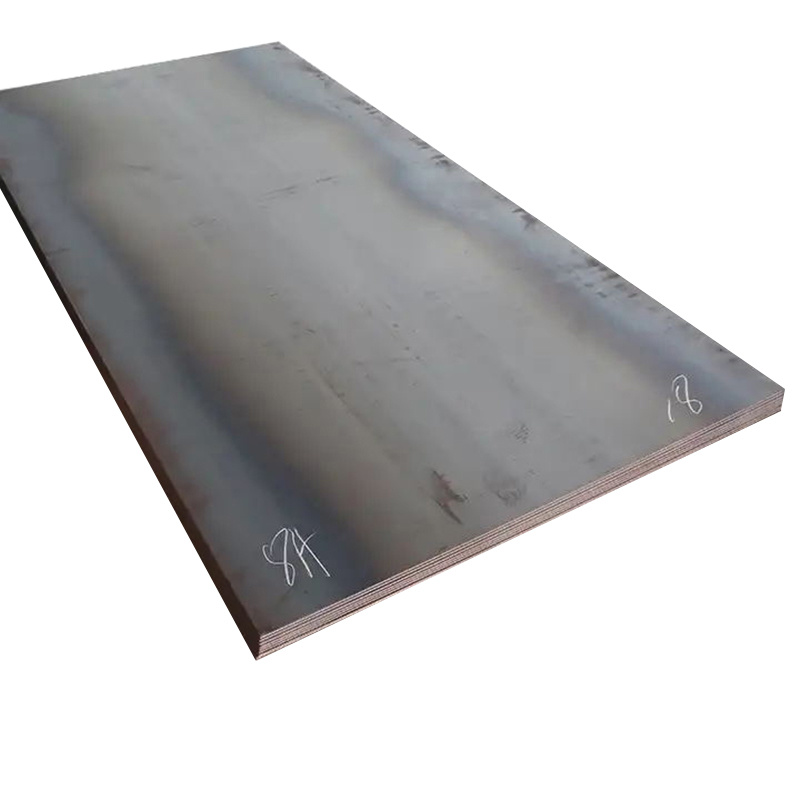
PRODUCT CENTER
Rail steel is usually used for railway fixed on the sleeper, sleeper for ballast. It is fastened by rail support, fastener, rail press, track splint, elastic bar, railway spike and other railway accessories. The bottom of the track is the track bed, which provides elasticity and drainage function for the track. Rails can also be laid on bases made of concrete, or even embedded in concrete. In order to withstand the pressure, impact load and friction of train operation, it requires sufficient strength and certain toughness. Quality requirements are strict, in addition to the guarantee of its chemical composition, but also require the inspection of mechanical properties, drop weight test and acid leaching of low-power tissue.
Learn More
Glass fiber reinforced plastic (FRP) grating, also known as FRP grating, is a plate-shaped material with many spaces that is made of glass fiber as a reinforcing material and unsaturated polyester resin as a matrix. It is compounded through special processing. Fiberglass grating can be used as structural materials for floors, trench covers, platforms, ship decks, stairs, planks, etc. in corrosive environments. It has the characteristics of corrosion resistance and flame retardancy, non-magnetic insulation, bright colors, and a variety of styles to choose from.
Learn More
Steel grating is also called steel grating. The grating is a steel product made of flat steel arranged crosswise with horizontal bars at certain intervals and welded into a square grid in the middle. It is mainly used to make ditch covers. , steel structure platform plates, steel ladder treads, etc. The cross bars are generally made of twisted square steel.
Learn More
Spiral steel pipe is a spiral seam steel pipe made of strip coil plate, extruded at constant temperature and welded by automatic double-wire double-sided submerged arc welding process. The spiral steel pipe will send the strip into the welding pipe set. After being rolled by a multi-channel roll, the strip gradually rolls up to form a circular tube blank with an open gap. The pressure of the extrusion roll is adjusted so that the weld gap is controlled within 1~3mm and the two ends of the welding joint are flush.
Learn More
Hot-rolled steel plates are produced by high-temperature rolling of ingots or continuously cast billets. They typically have a thickness of 1.2 mm or more and exhibit excellent plasticity and weldability. The processing includes trimming, cutting, and flattening, and quality is enhanced through precise setting of heating temperature curves, adjustment of air-fuel ratios, and control of rolling parameters. Products are categorized as structural steel, weathering steel, and automotive structural steel. The nickel-based high-temperature corrosion-resistant alloy N10276 hot-rolled steel strip contains alloying elements such as nickel, molybdenum, chromium, and tungsten, offering corrosion resistance and high-temperature mechanical properties. This steel plate is widely used in steel structures, bridges, vehicle manufacturing, as well as in the chemical, energy, and aerospace industries.
Learn More
Cold rolling is made of hot rolled plate coil as raw material, rolled at normal temperature under the recrystallization temperature, cold rolled steel plate is produced by cold rolling process, referred to as cold plate. The thickness of cold-rolled plate is generally between 0.1 and 8.0mm, and the thickness of cold-rolled plate produced by most factories is below 4.5mm. The thickness and width of cold-rolled plate are determined by the equipment capacity of each factory and the market demand.
Learn More


